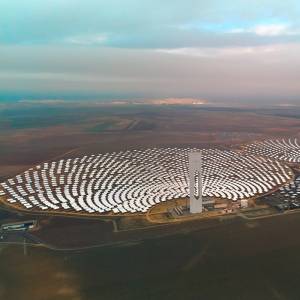
Concentrated Solar Power (CSP) is a revolutionary technology that harnesses the sun's energy to generate electricity on a large scale. Unlike photovoltaic (PV) solar panels, CSP systems utilize mirrors or lenses to concentrate sunlight onto a receiver, heating a fluid to extremely high temperatures. This heated fluid then drives a conventional power generation cycle, producing clean, reliable, and dispatchable electricity.
How it Works:
CSP systems employ various technologies, but they all share a common principle:
Types of CSP Systems:
Advantages of CSP:
Disadvantages of CSP:
Applications:
CSP technology is ideal for:
Conclusion:
Concentrated Solar Power represents a significant advancement in renewable energy technology. Its ability to provide reliable, dispatchable clean energy makes it a valuable asset in the transition to a sustainable energy future. While initial investment costs are higher, the long-term benefits and potential for innovation continue to drive its growth and development.